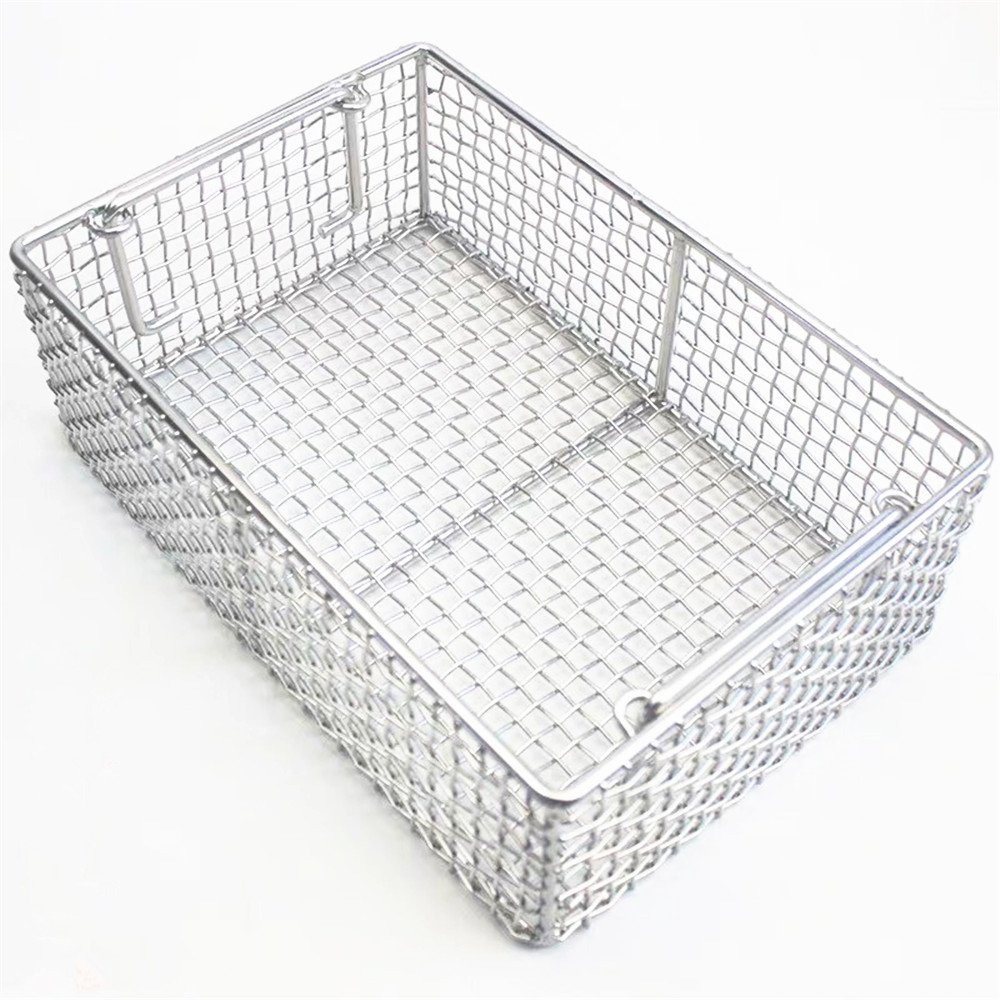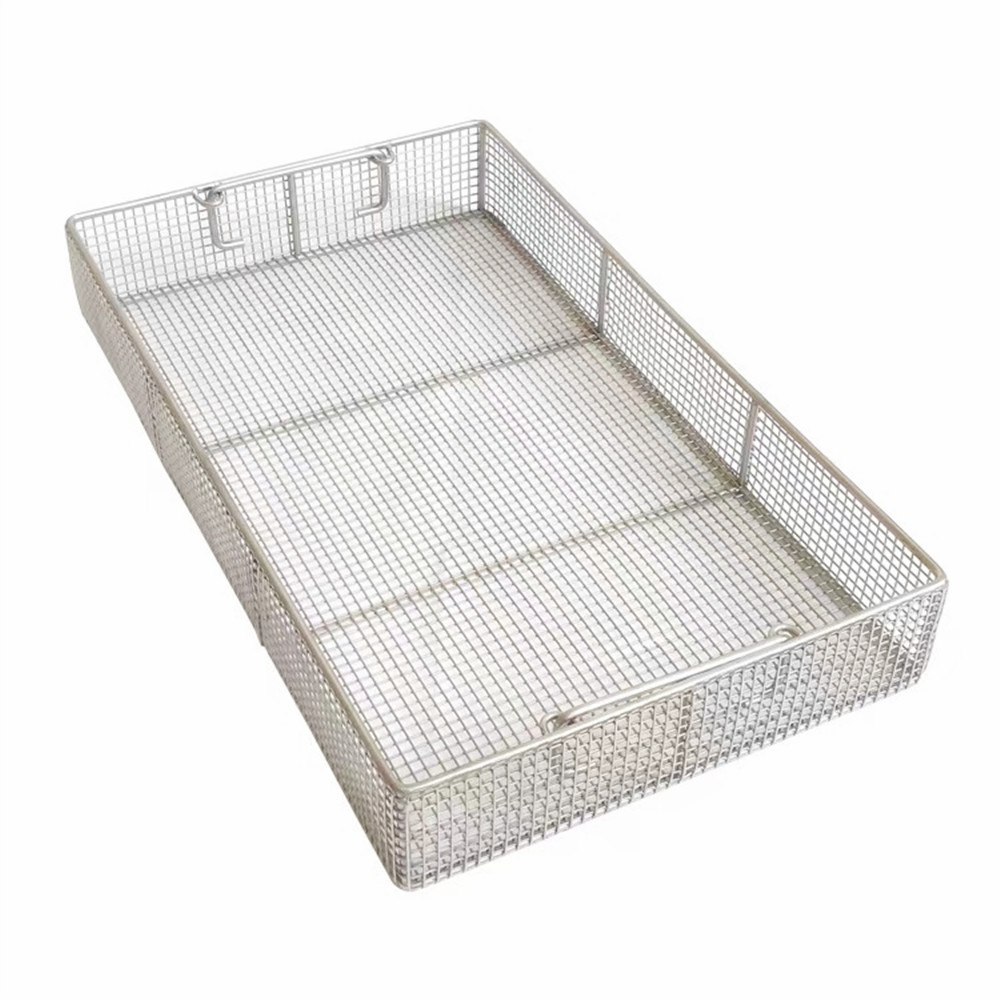China has recently successfully utilized its 15,000-ton hydraulic press to forge a "flare-shaped" cone cylinder, showcasing an advanced hands-on technique. This process enables the forging of both the "straight section" and "oblique section" of the third-generation nuclear power evaporator connected to the "meter-shaped" cone cylinder, a rare and highly specialized skill. A few days ago, China completed the forging of the third-generation nuclear power evaporator cone, marking a significant milestone.
From forging a "trumpet shape" to producing a "meter bucket" cone cylinder, this represents a major leap in high-hard forging technology. It demonstrates that China has mastered the key component manufacturing technology for third-generation nuclear power products, which holds great significance for advancing the localization of nuclear power equipment. This achievement is not only a technical breakthrough but also a step forward in enhancing China’s self-reliance in the nuclear industry.
Currently, the AP1000 third-generation nuclear power technology developed by Westinghouse in the U.S. offers notable advantages over second-generation systems, including fewer welds, better safety, and higher operational efficiency. It is considered one of the most advanced and safe commercial nuclear technologies globally. South Korea's Doosan Heavy Industries also employs third-generation nuclear power technology for manufacturing nuclear components.
In November 2007, China took on two major forgings—pressure vessels and four evaporators—for units No. 1 and No. 2 at Doosan in South Korea. These were high-tech, complex components with significant manufacturing challenges. The production of key components for third-generation nuclear power systems is extremely difficult, posing serious challenges for those aiming to achieve the AP1000 localization strategy.
The newly forged AP1000 evaporator cone resembles a "meter bucket," standing 2 meters tall and 4 meters wide. The straight section of the cone is the most technically challenging part. Traditionally, the cylindrical body was first forged into a "flare shape," followed by extensive post-processing to meet the technical requirements of the oblique and straight sections. This method required nearly 300 tons of steel ingots, resulting in significant waste and increased costs. Overcoming this traditional bottleneck—labor-intensive, time-consuming, and costly—is crucial for manufacturing 70% of the cone-shaped cylinders. More importantly, achieving the localization of critical components like the AP1000 evaporator cone requires expert engineers to develop new forging techniques.
Wang Baozhong, president of a heavy metallurgy and casting company, led a team from a heavy metallurgical research institute to tackle these technical challenges. In collaboration with Tsinghua University, they conducted repeated computer simulations on 10,000-ton hydraulic press technology, calculated technical parameters for each forging process, and invented 11 types of auxiliary tools specifically for large hydraulic press operations.
These 11 tools function as 11 "hands-on" devices, allowing the 10,000-ton hydraulic press to handle the forging of cone-shaped cylinders with precision and ease. They enable angle adjustments and accurate shaping, significantly improving forging efficiency while reducing manufacturing costs. Today, Yizhong has become the only company in China capable of forging third-generation nuclear power evaporator cones and related components.
The AP1000 pressure vessel top cover, a key component, demands even higher manufacturing standards. It must be formed without any weld seams in a single operation to enhance safety. There are 37 types of such difficult forgings, expected to be delivered by 2009.
Wu Shengfu, general manager of the company, emphasized that a large-scale cast-forged steel base and a technical transformation project for localizing large-scale casting and forging have been approved by the National Development and Reform Commission. Preparatory work is complete, with plans to start production in 2010. Once the technological upgrade is complete, the facility will reach world-class manufacturing capabilities known as the “7654†standard: 700 tons of molten steel, 600-ton maximum steel ingots, 500-ton maximum castings, and 400-ton maximum forgings. At that point, it will be capable of producing 150 rotors for 300–1000MW power generators annually, as well as five sets of large hydropower units. This will fundamentally meet national demand for power station castings and forgings and enhance international competitiveness.
Stainless Steel Wire Mesh Basket
Metal mesh basket is generally made of 304 stainless steel ,316 stainless steel ,Galvanized wire and other metal material.
Â
Processing technology: CNC bending, high-pressure pneumatic welding, fine grinding, surface treatment .
Â
Surface Treatment: Electrolytic polishing, Powder coating,chroming,galvanized, Can bemade of various colors according to customer requirements.
Â
Product Good Features: Smooth surface, no rust, corrosion resistance, non-toxic, health, environmental protection.
Â
Application : medical disinfection, pasta, meat barbecue, life with flower basket, fruit basket, vegetable basket, dish basket, cooker, hanger, all kinds of supermarket basket, circulation box;Â Hotel drinks, food racks;Â Office baskets, paper baskets, books, newspapers...
Â


SS304 wire mesh basket,metal wire mesh basket,Metal Mesh Storage Basket
Suzhou Haoxiang Screen Stencil Products Co.,Ltd , https://www.haoxiangwiremesh.com

